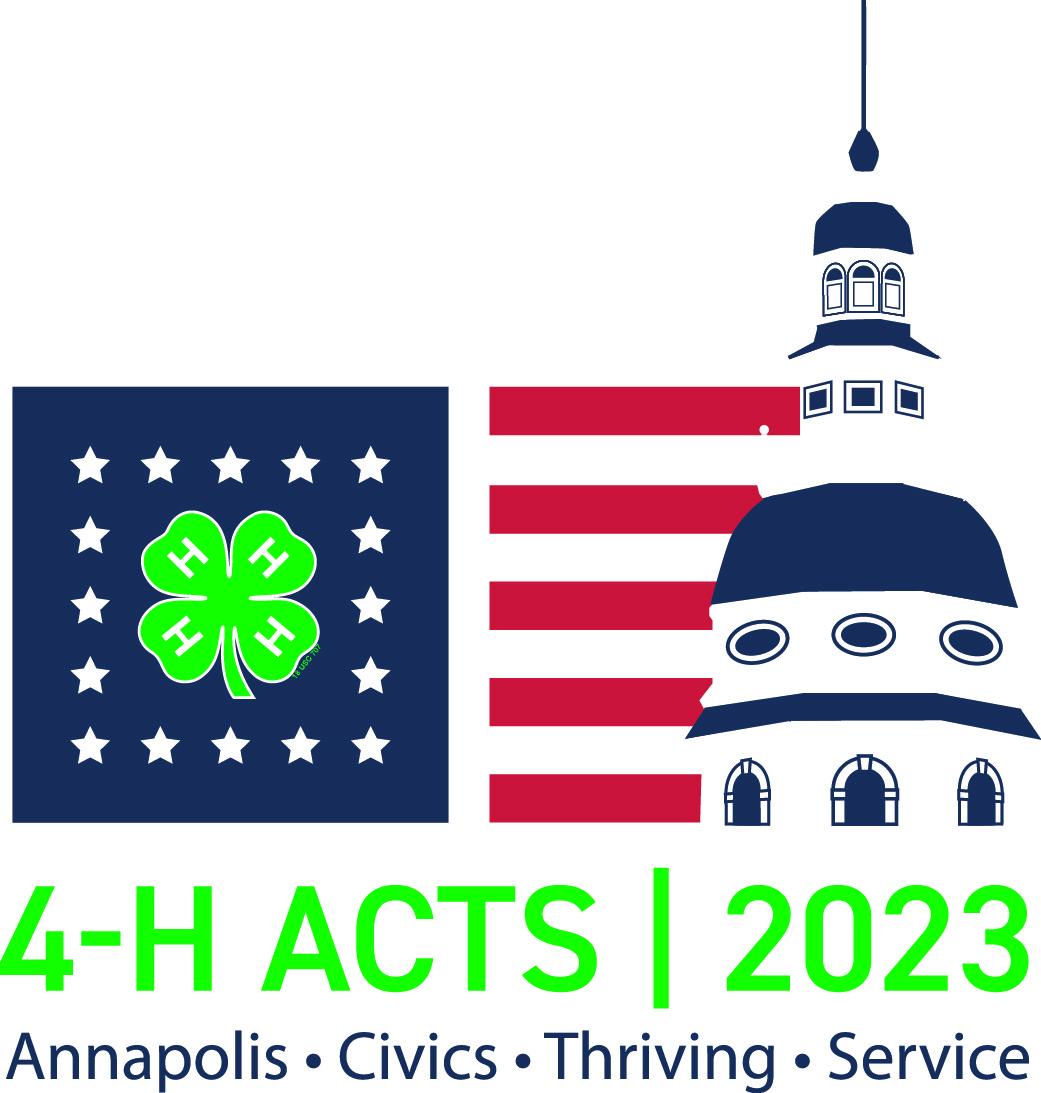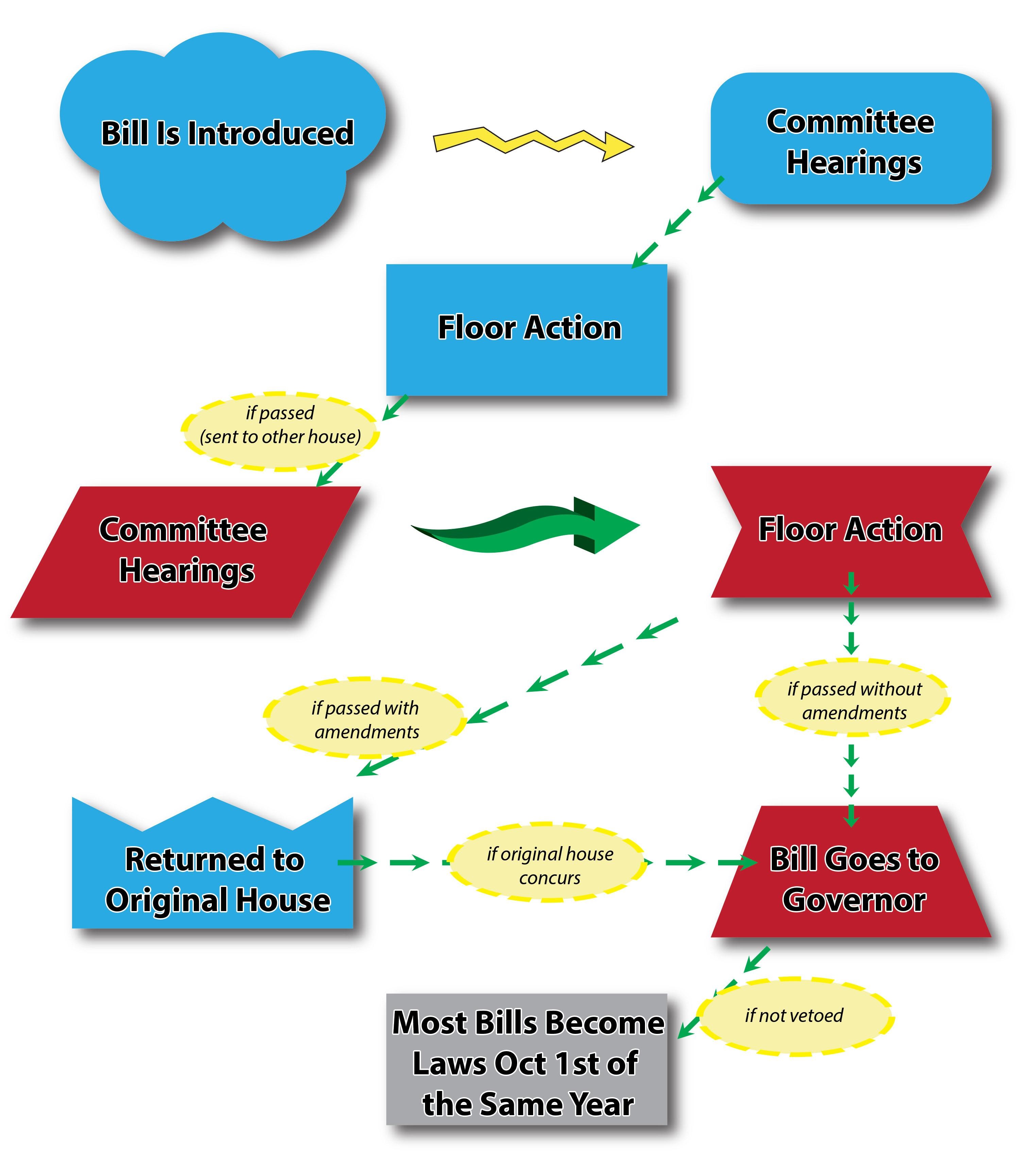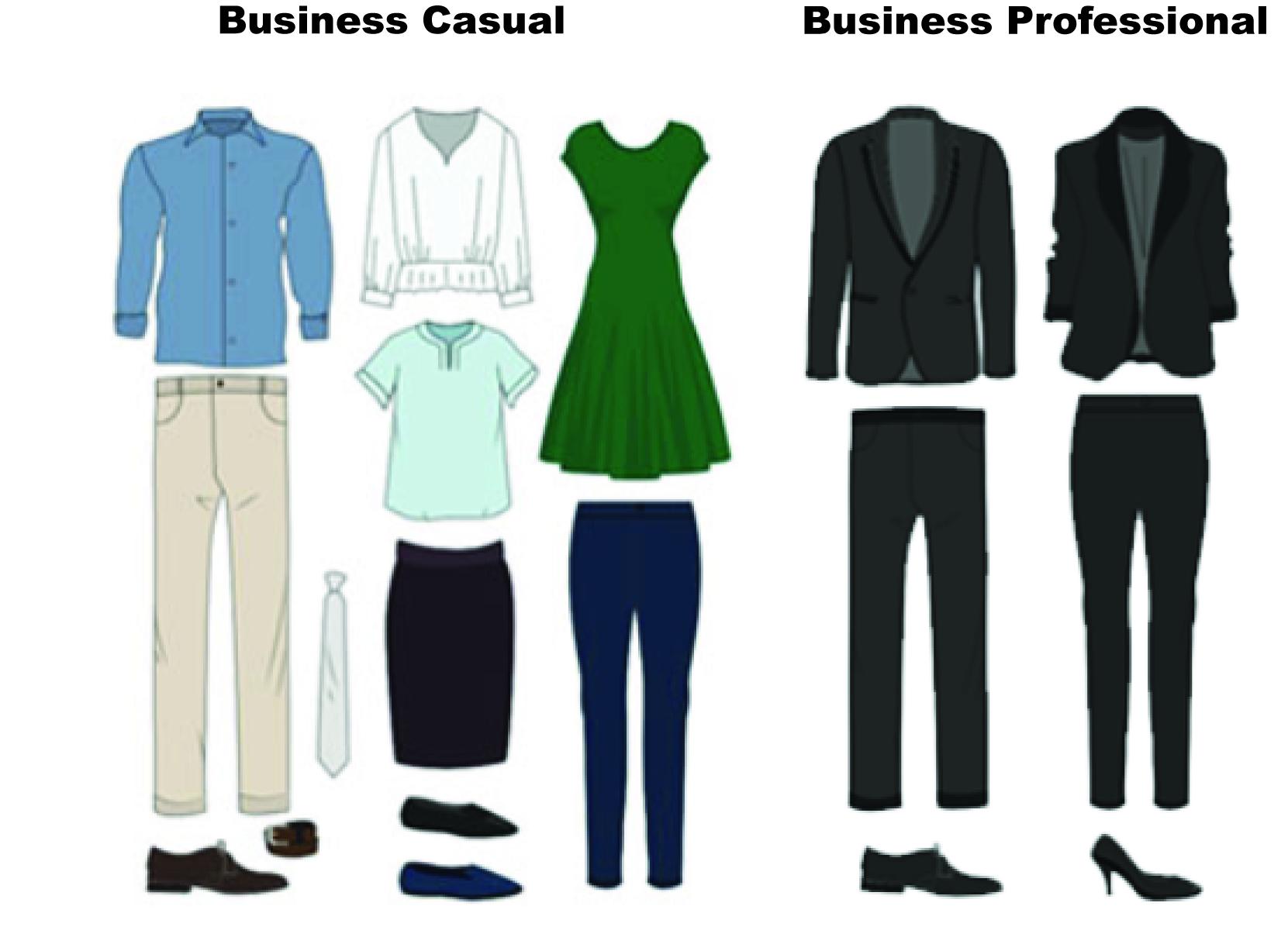
EM-2023-0657 | November 2023
4-H ACTS Youth Delegate Guidebook

Table of Contents
- Civic Engagement
- Maryland 4-H ACTS Overview
- About the Maryland Government: The Legislative Branch
- Who Represents You?
- Planning & Preparing for Legislative Meetings
- Event Details
- Maryland 4-H Showcase
- Follow-up & Extension
- References, Authors, and Acknowledgment
Civic Engagement through 4-H
4-H civic engagement programs empower young people to be well-informed citizens who are actively engaged in their communities and the world. Youth participating in these programs learn about civic affairs, build decision-making skills and develop a sense of understanding and confidence in relating and connecting to other people (National 4-H Council, n.d.).
Maryland 4-H provides opportunities for youth to experience civics through a number of activities including club meetings, community outreach, state council, and ambassador programs. Youth and adults partner to design and participate in these activities. Youth learn by doing to gain insight into how to be active participants within communities and to address problems by utilizing their voice. Increasing and building stronger and civically engaged leaders will strengthen communities.
Maryland 4-H ACTS provides several opportunities for youth to interact with state representatives in Annapolis and build positive leadership skills. This includes hearing from legislators directly during a morning assembly including a Q&A session; conducting legislator visits; showcasing 4-H civic engagement project work; and observing the legislature in action.
The Youth Delegate Guidebook will assist young people in developing civic engagement skills. It addresses the structure of Maryland government, helps youth learn about and plan for a meeting with the people who represent them, and explains how to continue the experience after the event. This manual is written to support a state-wide event, like Maryland 4-H ACTS, but yet can also be adapted for 4-H club, smaller groups, and individual experiences.
Overview of Maryland 4-H ACTS

Maryland 4-H ACTS will provide an opportunity for youth to travel to the state capital, learn about civics, engage with legislators, and tell their 4-H stories. 4-H ACTS also celebrates and inspires youth engagement in civics and service.
Program Objectives
- Gain civic knowledge, understanding, and skills to promote youth engagement within communities and government.
- Meet fellow 4-H members with similar interests in building social capital.
- Explore our State Capitol and its history through interactive activities.
- Highlight 4-H stories, exchange ideas and promote 4-H.
- Schedule a meeting with a representative to learn about public service and advocate for your community
- Educate legislators about 4-H and the positive impact it has on youth and our communities.
Event Overview
Morning Assembly
- Welcome & Kickoff
- Making the Most of Your Visit - Advice from a Legislator
- Understanding the Legislative Process & Gaining Insight to Your Role
- Combining Civics & Service to Build Thriving Youth
Lunch in Annapolis
- Explore the downtown dining establishments frequented by policy makers
Afternoon in Annapolis
- Guided Tour of the Maryland State House (1:30 p.m., limited to 60 people)
- Making Connections - Meetings with your Legislators
- Scavenger Hunt - Learn points of interest in Annapolis and near the State House
4-H Showcase Social - Telling Your 4-H Story (poster session)
Adjournment
Evening (Optional event extension)
- Observing the Legislature in Action - General Assembly Session
About the Maryland Government: The Legislative Branch
Maryland General Assembly Concepts and Procedures
It is important to have a base understanding of the concepts and procedures of the Maryland Legislature. The website “Maryland Manual On-Line: A Guide to Maryland & its Government” provides an overview of Maryland Government (Maryland State Archives, 2023). Here are excerpts to help you prepare for your visit.
Maryland Government Basics
- Like the federal government, Maryland has three branches of government: Legislative, Executive, Judicial.
- The General Assembly is Maryland's Legislative body and directly represents the people of Maryland.
The legislature:- Enacts laws necessary for the welfare of the State's citizens and certain laws dealing with counties and special taxing districts.
- Proposes amendments to the Maryland Constitution, which must be ratified by voters during the general election.
- Meets in regular session for 90 calendar days each year beginning the second Wednesday in January to act on more than 2500 pieces of legislation and the State's annual capital and operating budgets.
- Meets in special session when called by the Governor or when a majority of each house petitions the Governor.
- The Maryland General Assembly is bicameral, or composed of two bodies (sometimes called chambers). The two bodies are the Senate and the House of Delegates.
- Maryland has 47 districts with each district represented by one senator and 3 delegates. Some districts are wholly contained in one county and some districts contain multiple counties. The 47 districts are represented by 47 Senators and 141 Delegates.
- Legislators are elected every four years by the electorate (all the people in a country or area who are entitled to vote in an election).
- The General Assembly of Maryland is a citizen legislature. This means that its legislative chamber is made up primarily of citizens who have a full-time occupation besides being a legislator.
How a Bill Becomes Law (© Maryland Family Network)
In Maryland, an idea or concept must pass through many processes before it becomes law. Citizens of Maryland must approach their legislators to introduce new legislation. If their legislator agrees to sponsor the legislation, a bill is drafted by the Department of Legislative Services, reviewed by the legislator, and prepared for introduction.

A piece of legislation often goes through a long and tedious process between the time it is introduced and when it is signed and adopted into law. Though you don’t need to know all the steps, a basic understanding will help you to be a better advocate. Here is an outline of how new laws are adopted.
- A bill is introduced and presented by a legislator. The bill is given a number and then assigned to a committee in the House or Senate.
- The bill is examined and heard by the committee members. Testimony, often representing the views of experts, public officials, and advocates, is presented to the committee at a bill hearing. The committee then makes a favorable report, an unfavorable report, or no recommendation. If the committee does not support the bill, it dies.
- If the committee supports the bill, it goes to the floor of the chamber of origin for a vote.
- After debate, a vote is taken and the bill is either passed or defeated. If it is passed, the bill gets referred to the other chamber (House or Senate) and generally follows the same sequence of events. If it is defeated, the bill dies.
- The other chamber may choose to approve, reject, ignore, or change the bill through amendments. If it is approved or changed, it is sent back to the original house for concurrence. If it is rejected or ignored, the bill typically dies.
- If the original house does not accept the amendments, a conference committee composed of members of both houses is appointed to work through the differences. Both houses must pass the bill in identical form; if they are unable to reach an agreement, the bill dies.
- In Maryland, shortly after the General Assembly Session ends, bills that have been passed are presented to the Governor. The Governor then has 30 days to either veto or sign the bills. A bill is adopted as law if either: the Governor signs the bill within the allotted time, or the bill is not vetoed within the 30-day period.
Who Represents You?
Who are your representatives in the Maryland Legislature and what are their areas of focus? Research your county/city’s current State Senator and Delegate(s) to learn about their roles, interests, and area(s) of focus to prepare yourself for a meeting. This link to the Maryland Legislative District Map will help you identify the district where you live. MD Legislative District map
Find Your Representative using this interactive map.
- State Senate:
Senator’s name & picture (Know what they look like; you never know when you’ll run into them.): __________________________________________________________
County & District: _____________________________________________________
Website: ____________________________________________________________
Email, phone, how to contact for a meeting: ________________________________
Other resources, people to contact (staffers): _______________________________
Information about Representative**:_______________________________________
- House of Delegates: You may have more than one delegate. Some districts have up to three.
Delegate 1:
Delegate’s name & picture (Know what they look like; you never know when you’ll run into them.): __________________________________________________________
County & District: _____________________________________________________
Website: ____________________________________________________________
Email, phone, how to contact for a meeting: ________________________________
Other resources, people to contact (staffers): _______________________________
Information about Representative**: ______________________________________
Delegate 2:
Delegate’s name & picture (Know what they look like; you never know when you’ll run into them.): __________________________________________________________
County & District: _____________________________________________________
Website: ____________________________________________________________
Email, phone, how to contact for a meeting: ________________________________
Other resources, people to contact (staffers): _______________________________
Information about Representative**: ______________________________________
Delegate 3:
Delegate’s name & picture (Know what they look like; you never know when you’ll run into them.): __________________________________________________________
County & District: _____________________________________________________
Website: ____________________________________________________________
Email, phone, how to contact for a meeting: ________________________________
Other resources, people to contact (staffers): _______________________________
Information about Representative**: _______________________________________
** Find answers to the following questions to help you learn more about your representative.
- What is their legislative role(s)?
- On which legislative committee(s) do they serve?
- What are two or three bills they sponsored or co-sponsored?
- Do any of their committees relate to your interests?
Planning & Preparing for Legislative Meetings

Engaging with representatives enables people to advocate, inform, and learn about community assets and needs. Whether you are meeting with a state, local, or national representative or community leader, preparation is important.
Scheduling a Meeting:
Representatives will not likely accept walk-in meetings, therefore schedule your meeting well in advance.
- Use the information you found in your research to contact the representative(s).
- Talk to the office assistant, send an email, or leave a voice message clearly explaining what your purpose is, when you plan to visit, and that you would like an appointment with your legislator.
- If your meeting is conducted at an event such as Maryland 4-H ACTS, refer to the event agenda to determine the best time(s) to schedule legislator meetings. Refer to the legislative calendar as well.
- The legislator’s office can assist you in making the arrangements. If the legislator serves more than one county, delegations may ask to combine the appointment.
- Legislators have busy schedules; as a courtesy request a meeting no longer than 15 - 20 minutes.
- The delegation may be asked to meet with a staffer who works with the legislator. This is a common occurrence. Don’t be disappointed if your legislator is unable to meet. The staffer will be knowledgeable about the issues and the legislator’s point of view.
- When scheduling a meeting, invite them to the 4-H showcase, if occurring during your visit, or to a local event like the county fair, achievement event, etc.
Dress Code for Meeting with Representatives:
When meeting with officials you are representing yourself, your family, your community, and Maryland 4-H.
- Appropriate attire from head to toe is expected; business professional or business casual*.
- Business professional or business casual outerwear. No sweatshirts in Legislative meetings.
- Remove hat upon entering, wipe feet if needed.
- Be clean and well groomed. May wish to take a minute before the meeting to use the restroom.
| * Business Casual | * Business Professional |
|---|---|
| Slacks or skirts; dress. Button downs, blouse, polo shirts without ties, appropriate dress shirts. Sweater, no sweatshirt. Dress/ career shoes, boots. (Heels not recommended) | Black, navy, or gray are the most acceptable suit colors (jackets, pants/skirt). (Heels not recommended) |
| Not appropriate: Athletic clothing, denim, leggings, or clothing with advertising. Tennis/athletic shoes or flip flops. | |
Preparing for Legislative Discussion:
Here are a few guiding questions and considerations to help you prepare for a meeting with your legislator.
| Questions/ Talking Points/ Facts | ||
| 1. | Have a few key talking points and questions prepared. Prepare about 5 questions (refer to your research), prioritize them. You may not get through all the questions but you should be prepared. You don’t want to waste their time. Have key facts to share with them such as what 4-H is, your interests/sparks (projects/roles) in 4-H, how 4-H is part of your community and what you have learned from 4-H. Ideas should be clear and concise. |
__________________________ __________________________ __________________________ __________________________ __________________________ __________________________ __________________________ __________________________ __________________________ __________________________ |
| 2. | Know their interests (refer to your research). Align their interests with your questions, key points, and 4-H story. Explain how they can help 4-H in your community. | __________________________ __________________________ __________________________ __________________________ __________________________ |
| 3. | If you are meeting in a group, set times for each person to engage in the conversation. Decide who will ask which questions and the order in which each person will speak. Ensure all participants have a chance to talk. | Notes: __________________________ __________________________ __________________________ __________________________ __________________________ |
Designing an Elevator Speech:
When representing an organization, you never know when someone may ask you about your event/organization, so be prepared with a concise, accurate answer - this is your elevator speech.
- Introduce yourself by stating your name, reason for being in Annapolis, and the county you represent.
- Highlight a 4-H project, a leadership role, a community service project, etc. Explain what you did and what you learned.
- Wrap-up: Thank them for listening; let them know they can look up 4-H in their area. If appropriate, for the event, let them know there will be a 4-H Showcase that they can drop by to learn more about 4-H youth and their achievements.
Sample Elevator Speech
- Introduction:
- Hi, my name is ___________ (first name) and I belong to 4-H in ___________ county/city.
- I’m part of the __________ club/group.
- Explain: Today we’re here to learn about civics, meet with our county/city representatives, and share our 4-H stories to demonstrate why 4-H is important to our communities.
- Highlight:
- In 4-H I have had experiences such as…
- My favorite 4-H project is _________ because ________
- As part of the __________ group/club, I have done _________ where I learned _________
- Wrap-up: You can learn more about 4-H by reaching out to our county extension office or finding us online. 4-H youth are participating in a Showcase if you’d like to learn more about our activities.
Draft your own elevator speech here:
Event Details
Travel
When visiting Annapolis consider a plan for travel and parking. An organized event should have plans in place. Schedule plenty of time so you are not late.
Entering State Buildings
Photo ID will be required. Everyone will pass through a metal detector; plan accordingly. No pocket knives or backpacks.
Representative Meetings
Positive First Impressions:
- Before entering a meeting, turn your cell phone off or set on silent.
- Be prompt. Be at the office a few minutes early.
- Walk into the meeting with your head up and with a smile on your face.
- Greet with a hand shake; maybe a fist bump for health precautions.
- Choose one youth to introduce the group and thank the representative for meeting with them.
- Address with the correct title: Senator (last name), Delegate (last name). You are not on a first name
- basis, even if you have met before. Start the conversation with their proper title.
Conversation Reminders - keep discussion positive at all times; you are not here to debate.
- Discuss similarities (from research), ask the questions planned, state your key ideas.
- Tell them about yourself and your interest in meeting them. Refer to your planning notes.
- Be friendly yet confident; be mindful of your volume and tone. Indoor voice is appropriate.
- If meeting as a group, everyone should remain focused on the conversation. Side chatter is disruptive and disrespectful.
End the conversation with a “thank you”. If needed, state you are looking forward to any follow-up information you discussed and remind them about the 4-H Showcase.
State House Tour
Consider signing up for a State House tour for an additional learning experience. A 60-minute guided tour of the Maryland State House and the Thurgood Marshall Memorial can be scheduled through Maryland Legislative Services.
Maryland 4-H Showcase
The 4-H Showcase is an interactive session for 4-H members from across the state to highlight their experience in a 4-H program, event, service, or other activity. The audience is composed of fellow 4-H youth and families, State Representatives, as well as University of Maryland faculty, staff, and invited guests.
If a club or single county/city program meets with representatives, a showcase presentation can be held in a local community area. The session would focus on what was learned and how this experience allows for building social capital.
Showcasing Your 4-H Story (Program, Event, Service Project, or Other Accomplishment):
- Presentations can be given by individuals, clubs/groups, or members of a county 4-H program.
- The presentation is a display such as a project (demonstration style), a tri-fold, or poster highlighting your accomplishment (think Science Fair). Possible topics to display are community service projects, Diamond Clover projects, participation in National Trips, club events, a 4-H project, etc.
- Key Points to Highlight:
- What is the focus of the presentation: Title?
- Why did you choose to participate or be involved?
- What was learned from the experience and how did you grow personally?
- How did it benefit others/ communities?
- Formatting
- Poster/ Presentation
- Bullet main points, use font that one can read from a short distance
- Add pictures to display you and your work
- Display/Demonstration
- You may display or demonstrate your project as appropriate
- Showcase steps and procedures of your project
- Poster/ Presentation
Ideas for Showcase: use this space to brainstorm ideas for your showcase.
Follow up and Extension
Sending Note(s) of Gratitude
Send a note to Legislators/Staffers that you met with during 4-H ACTS thanking them for their time. You might
include answers to unanswered questions or additional information promised.
Send a note to individuals who assisted with the process such as parent, family member, volunteer, 4-H
faculty/staff, etc.
Notes should be sent as soon as possible. Include a picture if one was taken during the meeting.
Extending the Experience
After the event, there are a number of ways to extend and share the experience to apply the knowledge and
skills gained. In doing this, youth will continue to develop their leadership skills and improve participation in the
governance of their school, community, town, or state.
| ✔ | Task |
|---|---|
| ▢ | Visit representatives in county offices maintaining connections throughout the year to continue to build the relationship |
| ▢ | Write an article for a local newspaper/extension newsletters |
| ▢ | Write an article for a local newspaper/extension newsletters |
| ▢ | Give a summary at a club, volunteer, leaders’ meeting |
| ▢ | Share your experience with peers at an extracurricular club or class |
| ▢ | Meet with other local leaders to continue to develop a network of 4-H supporters |
| ▢ | Invite a representative/community leaders to attend a local 4-H event/program |
| ▢ | Attend county events that legislators will be attending and find ways 4-H can participate/assist |
| ▢ | Run for an officer position in a 4-H club or student government |
| ▢ | Attend a board meeting such as fair, educational, city/town, etc. |
Service Opportunities/Career Exploration
There are many career options to research. Here are a few:
- Advocate/lobbyist
- Political action committees (PACs)
- Counselor - career, school
- Law - attorney, judge, paralegal, officer
- Communications - speech writer, journalist, public relations specialist
- Public policy specialist
- Intelligence agent - FBI, CIA, NSA
- Foreign service - state department, ambassador
- Government liaison
References
- Hansen, C., Hansen-Gross, J., Risner, H., 4-H Civocacy Guide: A Roadmap to Being a Civic Advocate for 4-H 2023, South Dakota Board of Regents, 2022. https://extension.sdstate.edu/sites/default/files/2022-12/P-00224-v2.pdf
- Maryland Family Network. (2023). https://www.marylandfamilynetwork.org/for-advocates-advocacy/bills-andbudgets
- Maryland State Archives. (2023, May). Maryland Manual On-Line: Guide to Maryland and Its Government,Maryland At A Glance. https://msa.maryland.gov/msa/mdmanual/01glance/html/govern.html#state
- Maryland Secretary of State/Maryland Kids (n.d.) “How a Bill Becomes A Law.” https://sos.maryland.gov/mdkids/Pages/BillLaw.aspx
- National 4-H Council. (n.d.). "Civic Engagement." https://4-h.org/programs/civic-engagement/
Acknowledgment
We would like to recognize and thank Caroline Hansen, Jenae Hansen-Gross, and Hilary Risner from South Dakota State University Extension for the use of their 4-H Civocacy Guide as a template.
GRETCHEN SUMBRUM
gsumbrum@umd.edu
ELIZABETH M.S. HILL
emshill@umd.edu
CHRISTOPHER ANDERSON
canders2@umd.edu
This publication, 4-H ACTS Youth Delegate Guidebook (EM-2023-0657), is a part of a collection produced by the University of Maryland Extension within the College of Agriculture and Natural Resources.
The information presented has met UME peer-review standards, including internal and external technical review. For help accessing this or any UME publication contact: itaccessibility@umd.edu
For more information on this and other topics, visit the University of Maryland Extension website at extension.umd.edu
University programs, activities, and facilities are available to all without regard to race, color, sex, gender identity or expression, sexual orientation, marital status, age, national origin, political affiliation, physical or mental disability, religion, protected veteran status, genetic information, personal appearance, or any other legally protected class.
When citing this publication, please use the suggested format below:
Sumbrum, G., Hill, E.M.S., Anderson, C. (2023). 4-H ACTS Youth Delegate Guidebook (EM-2023-0657). University of Maryland Extension. go.umd.edu/EM-2023-0657.